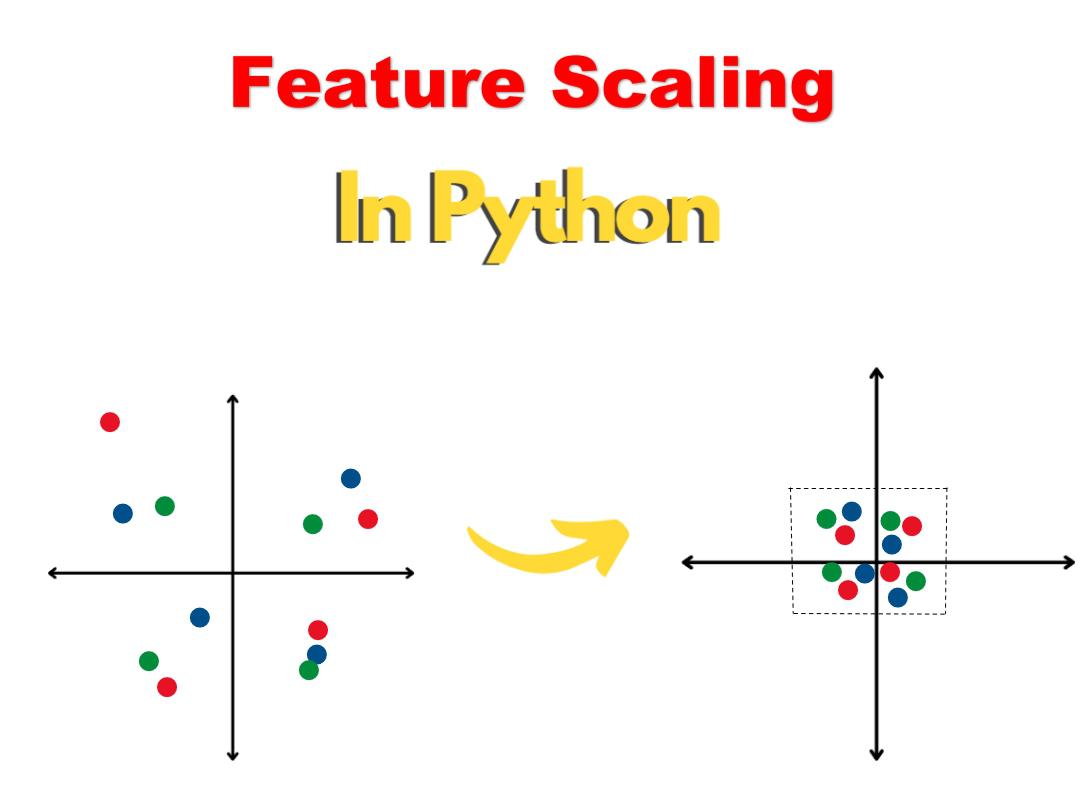Feature scaling is a preprocessing technique used in machine learning to normalize the range of values within an input feature. It is a type of data normalization used to ensure that all input variables are on a similar scale with values ranging between 0 and 1. This is an important step because machine learning algorithms tend to learn better when all the parameters remain on the same scale.
Feature scaling is also sometimes referred to as “data normalization” or just “scaling”. It works by transforming the input values from their original range (i.e. 0-255) into a new range (i.e. 0-1). The process is applied to features such as height, width, length, etc. so that all features are of equal importance and the model can interpret them better.
The most common methods of scaling are min-max scaling or standardization (z-score). Min-max scaling transforms all values to be within a given range, usually 0-1. The transformation formula for min-max is:
X_scaled = (X – Xmin)/(Xmax – Xmin)
Standardization, on the other hand, rescales the data such that the mean becomes zero and the standard deviation is one. The transformation formula for standardization is:
X_scaled = (X – μ)/σ
Scaling is often applied during the data preprocessing phase, before the training of a machine learning model. This is because some models might either be sensitive to feature scaling or have input requirements for features to be on a certain range. Scaling can also help improve the performance of certain algorithms by allowing them to learn more efficiently.
When feature scaling is not applied to the inputs, certain machine learning algorithms may not work correctly. For example, in k-Nearest Neighbors, for each sample in the dataset, a distance is calculated and the entire dataset must remain on a similar scale since it is based on distances. This means that a difference in scale will cause different samples to be treated differently, leading to undesired results.
In conclusion, feature scaling is an important pre-processing technique used in machine learning to ensure all parameters remain on a similar scale. It works by transforming the range of values of an input feature into a new range of values, which can improve the performance of some algorithms and prevent others from functioning properly.






